Description
FAF is Fazenda Ambiental Fortaleza. One of the best Brazilian coffee farms on the block (at least in our opinion). They are the family that process and runs the Bob O Link Co-op, which many of us love and have been waiting for this season.
I had the joy of staying with them back in 2017 on my first trip to Brazil and am happy to vouch for the sustainability and quality of the operation. They are leading the way in boutique Brazilian coffee and getting better every season! This is not your average Brazil by any means. From processing, quality of screen, tastes and sustainability of their farming practices, these beans go way above 99% of Brazilian coffee production.
These two lots are basically very fancy Bob-O-Link coffee. Higher cup scores than generic Bob-O-Link coffees, more diversity in flavor, better traceability, and fresh as can be. Instead of being a larger production blend of co-op members, these are fancier top lots from single farms, or multi-family lots.
Tasting Notes: Great from light to dark; this is the fruitiest of the two lots with higher than average acidity, highlighting some citric but mostly red fruit like tones in the cup, sweet and a bit more wild. Lighter roasts show a wonderful fruit forward cup. Sweet edged, just a hint of lemony acidity with a slightly boozy & nutty finish. Shines at the lighter roast points but tasty from light to dark. As one pushes the roast, it builds up the classic nuttier tones and starts introducing hints of semi-sweet chocolate in the aftertaste, a bit smoky if you get too close or into 2nd crack. Retains hints of the fruitiness throughout the roast spectrum but more in the background/after-tastes with medium to dark roasts.
Roasting Notes: Easy to roast, a little chaff heavy but shouldn’t cause any issues. Roasts nice and even for a natural processed. Medium roasts are where we found the best cup character, a little hint of fruit, smooth and rich nutty tones with unique more African spice in the cup. A couple day setup is recommended if you shoot for the lighter roast points.
Michel Bacetti is a small farmer in the mountainous Caconde area, part of the Mogiana region in Brazil. His coffee is a rare mixture of small scale and high quality, carefully picked and dried on raised beds with a lot of attention to detail. This type of production more closely mimics Colombia than the vast, mechanized estates that dominate Brazil’s coffee imagery. This particular lot, a natural processed 100% red catuai, is bright with lychee and strawberry acidity, toasted coconut, rich dark chocolate, and citrus zest.
São José belongs to Michel Bacetti, a fourth-generation coffee grower and early joiner to the Croce family’s mission of environmental stewardship. The immediate community is known as Boa Vista and contains many small, 5-20 hectare family estates where much of the coffee is hand-picked and dried on raised beds. Thanks to the leadership of Michel and other, early-adopting neighboring farms, the area has cut way back on its use of herbicides and actively protects the water quality of the surrounding valley.
Red catuaí, though produced prolifically throughout the Americas, is originally a Brazilian cultivar. Red catuaí is a cross between Brazil’s own mundo novo (itself a cross between bourbon and typica) and caturra (a dwarf mutation of bourbon). It was first created in 1949, and has been in production throughout the country since the 1970s.
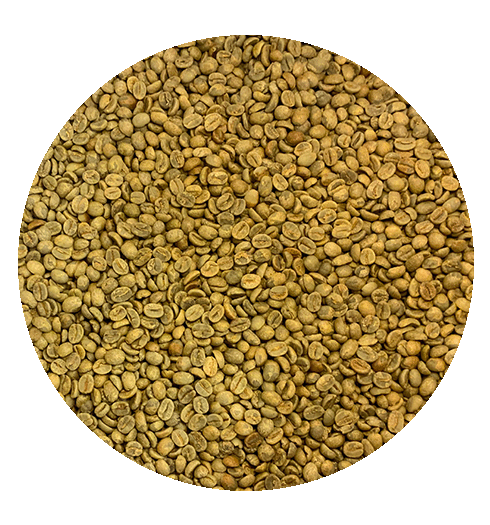
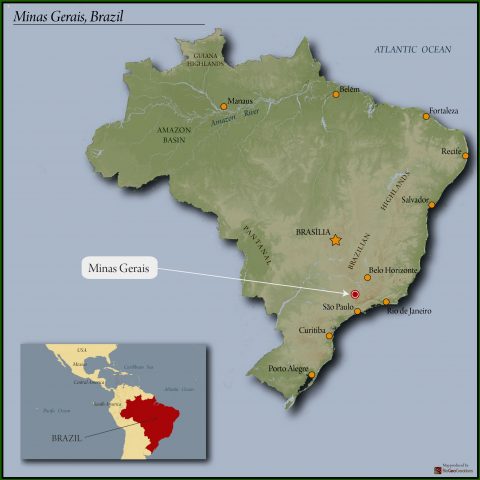
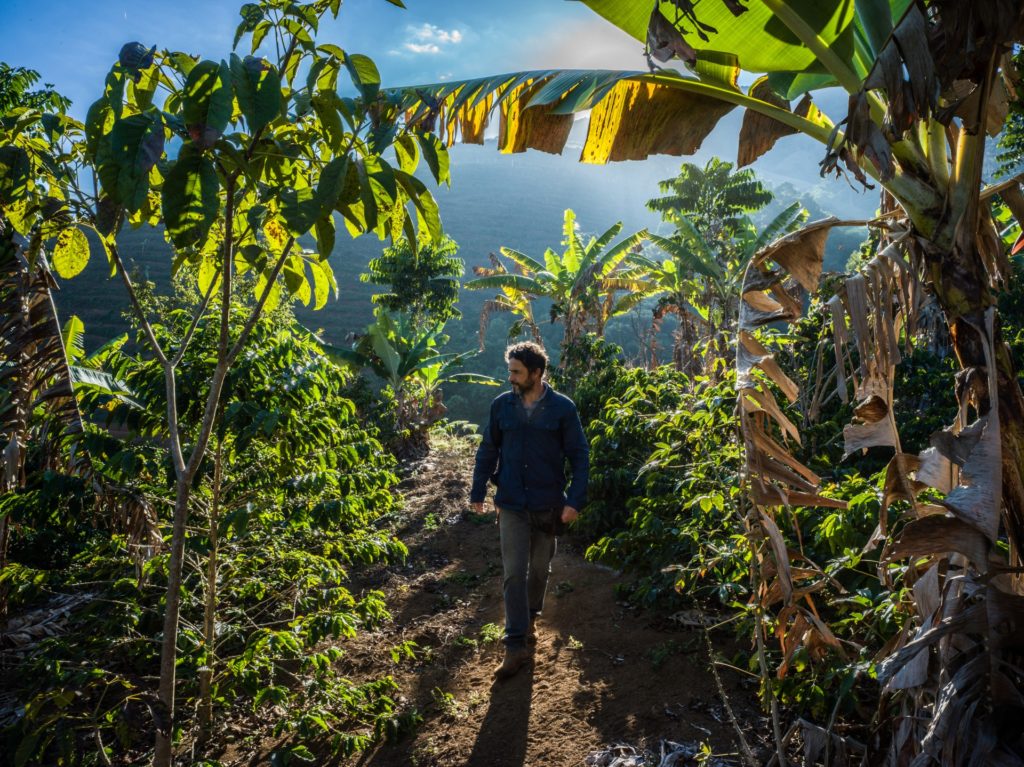
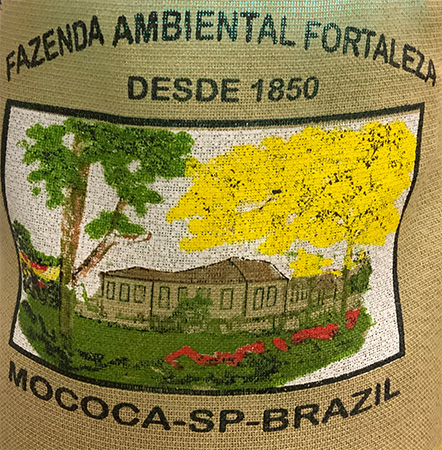
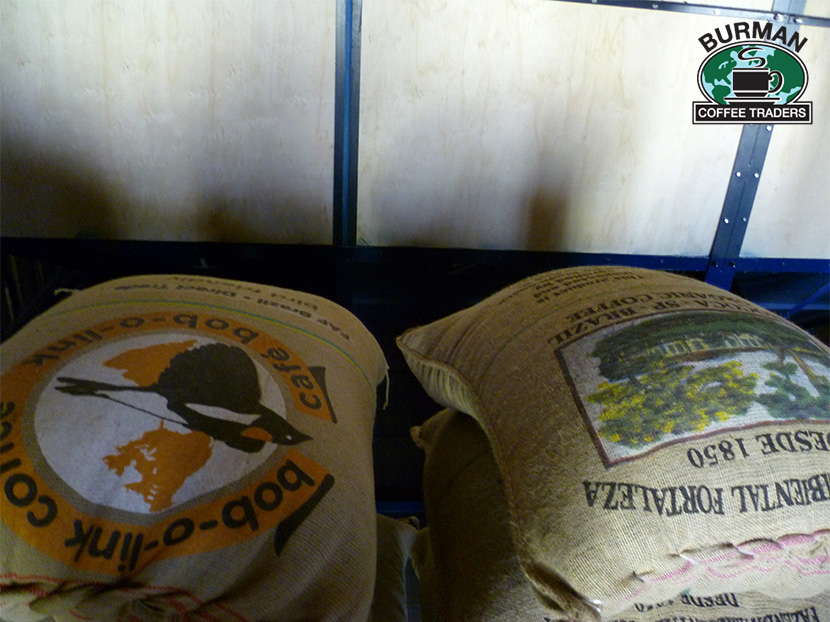
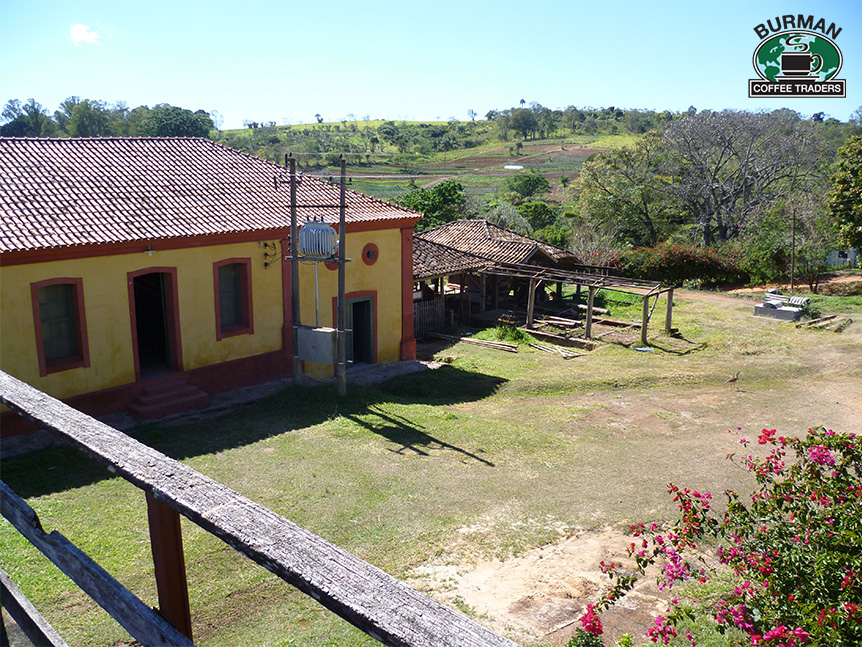
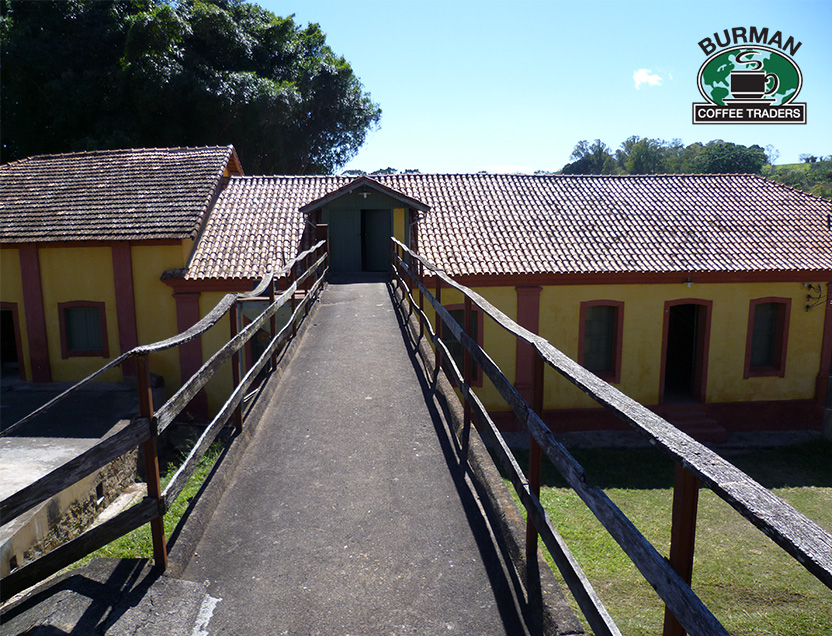
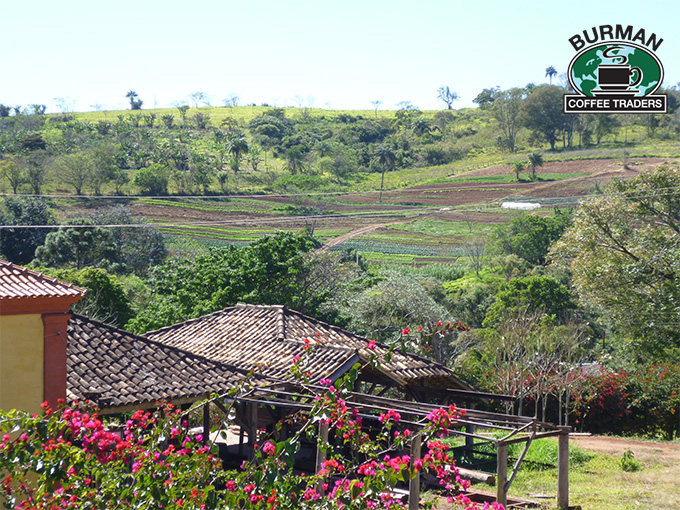
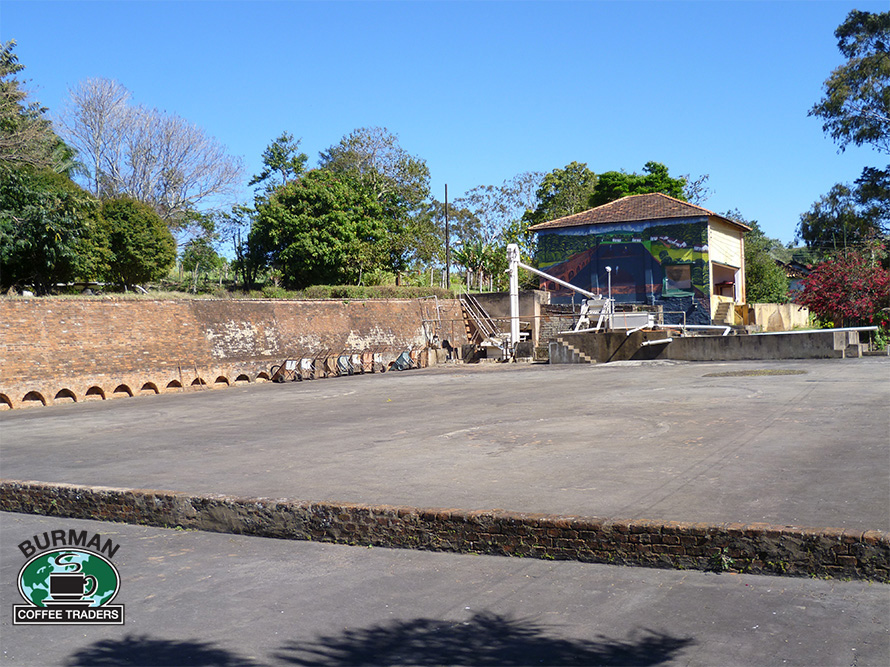
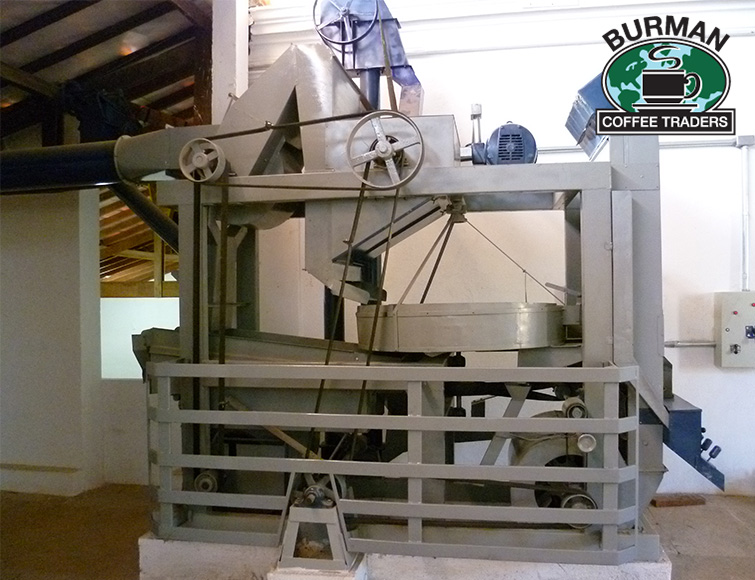
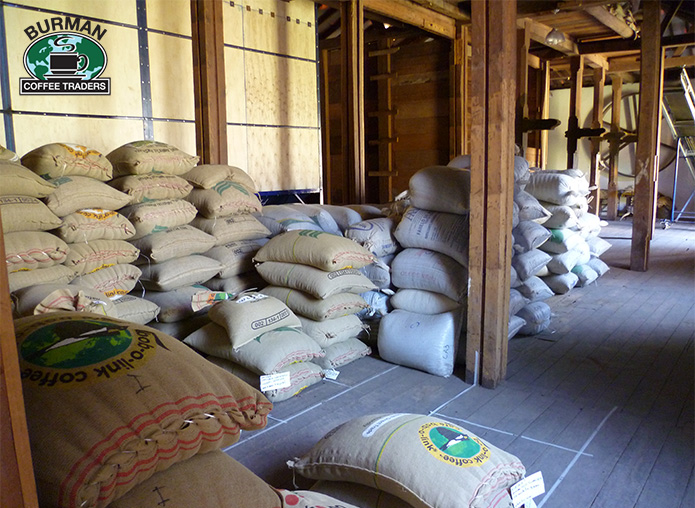
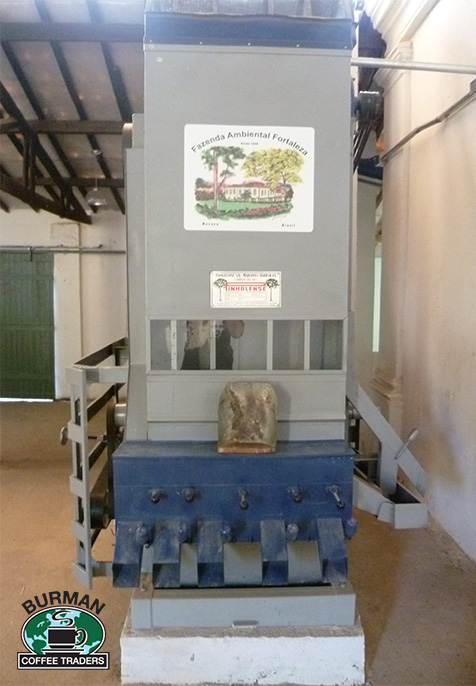
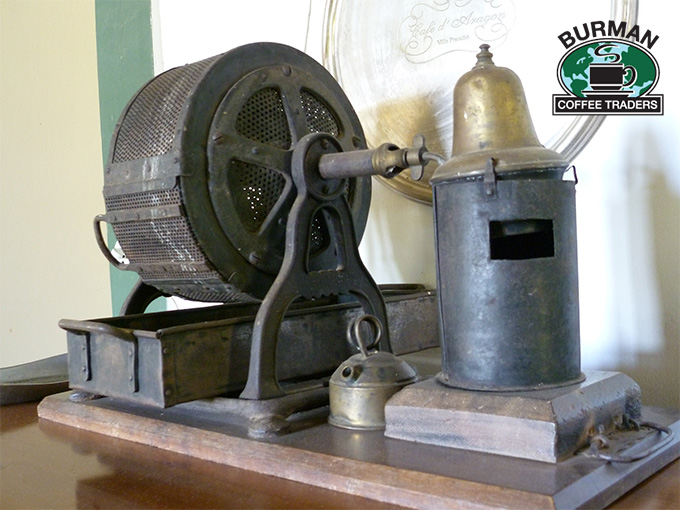
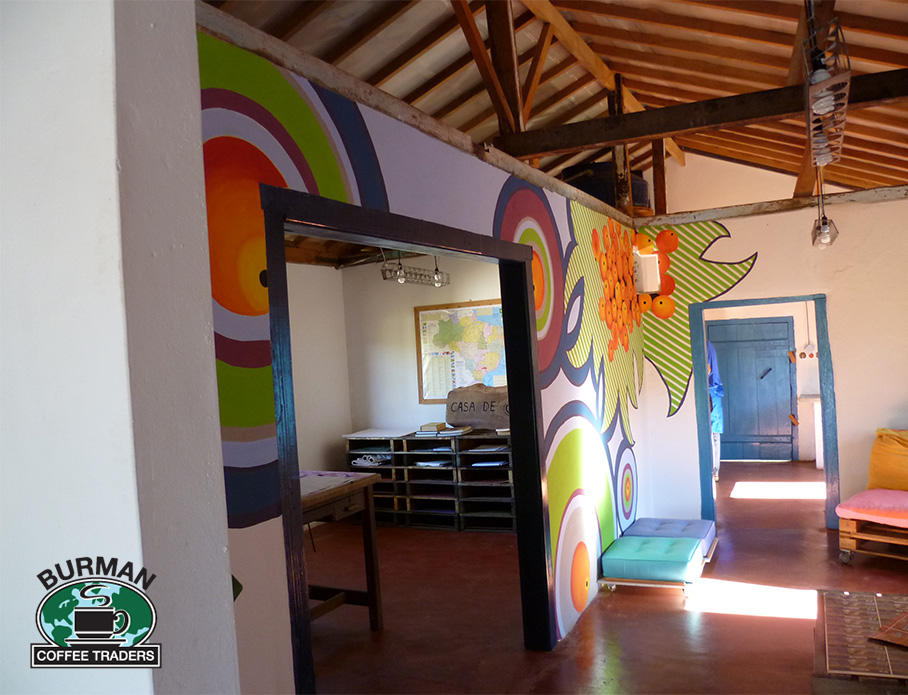
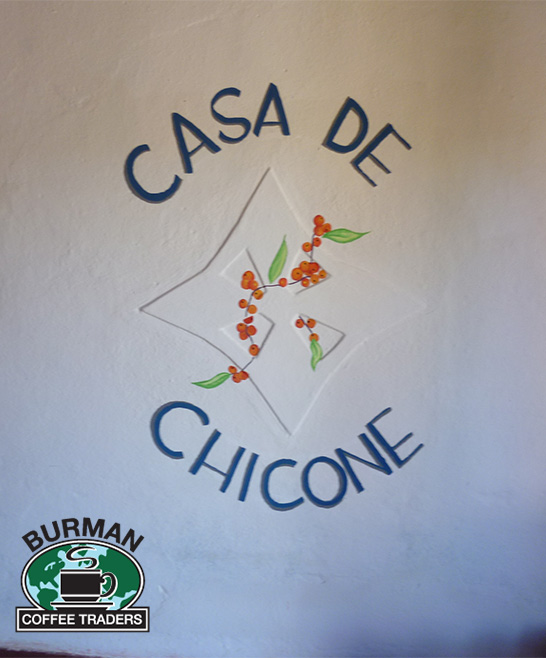
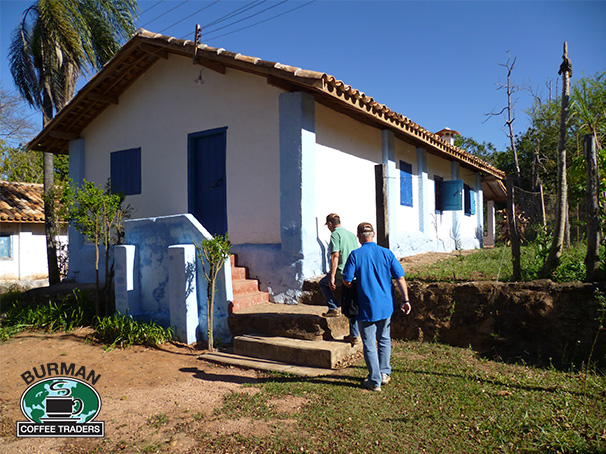
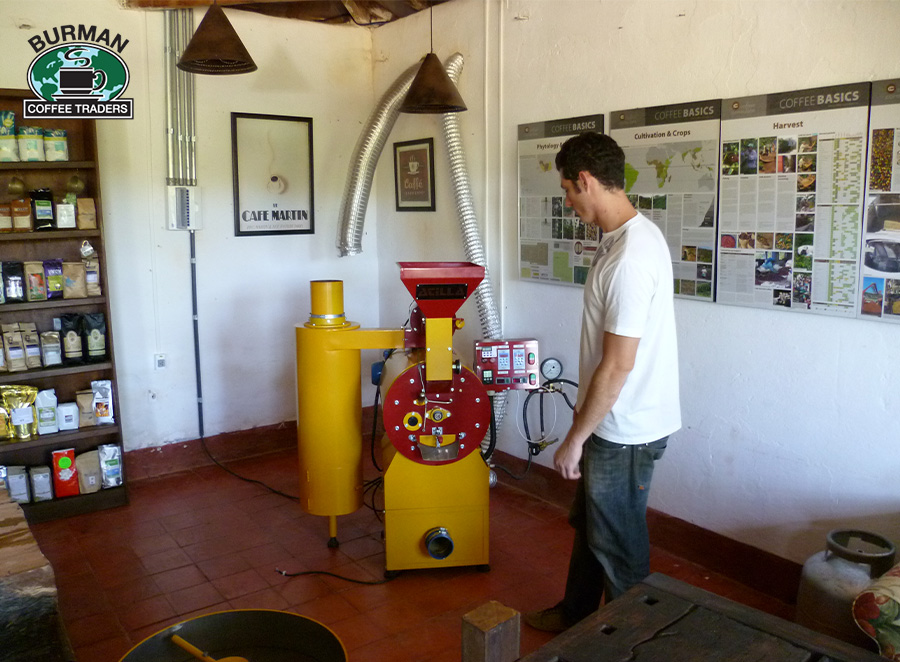
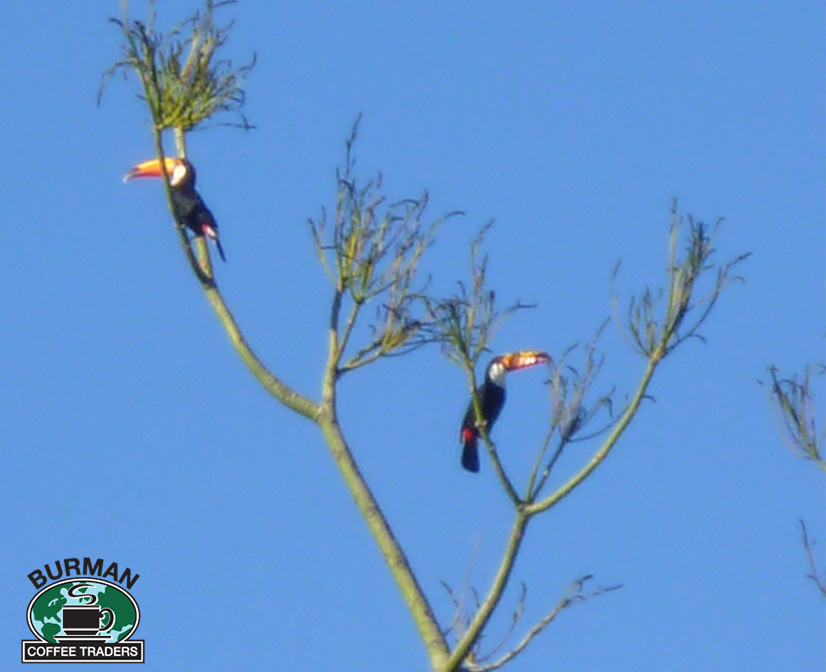
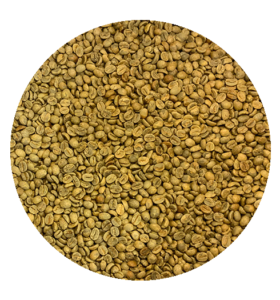
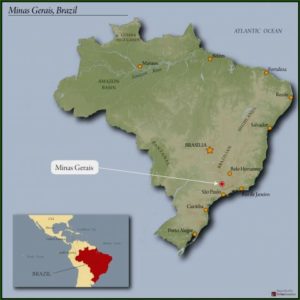
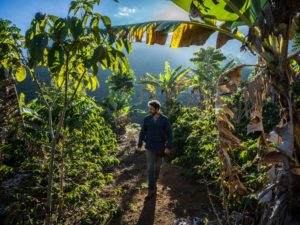
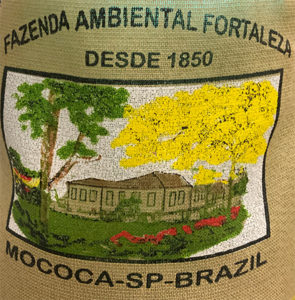
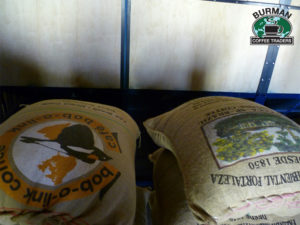
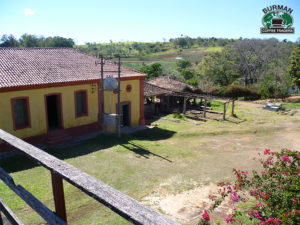
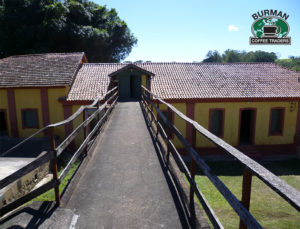
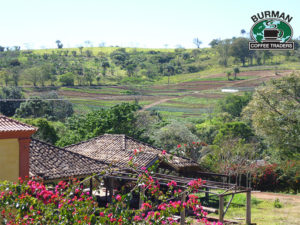
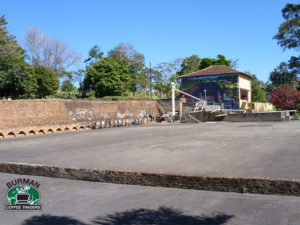
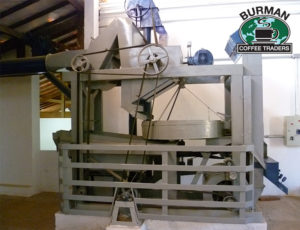
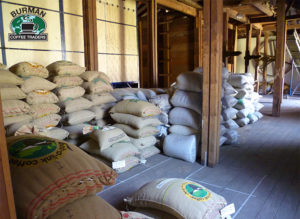
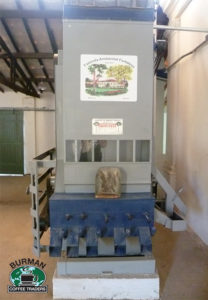
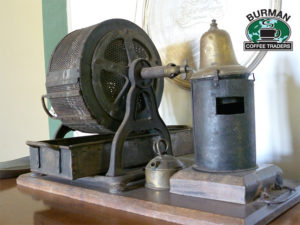
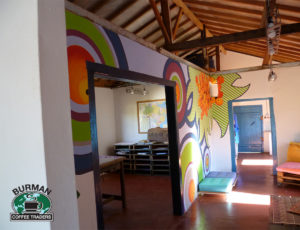
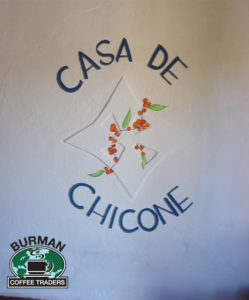
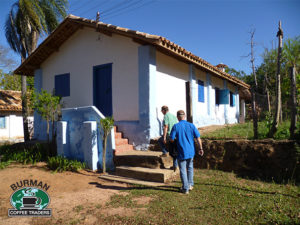
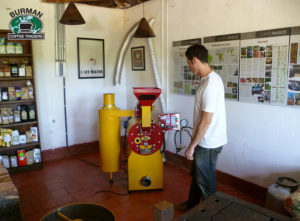
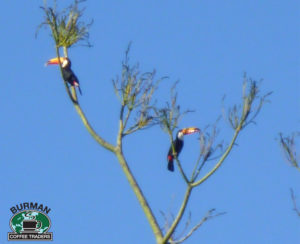
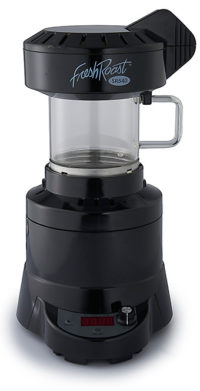
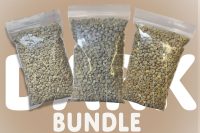
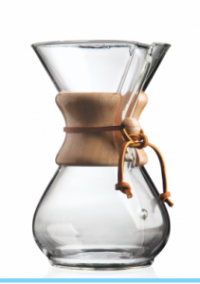
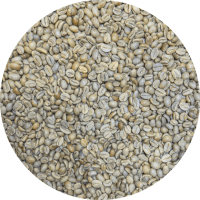
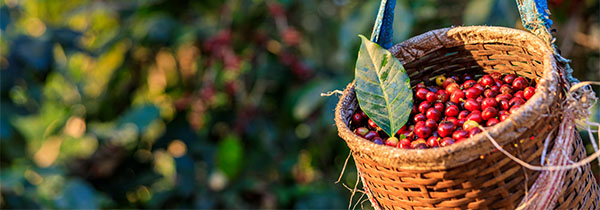
Reviews
There are no reviews yet.